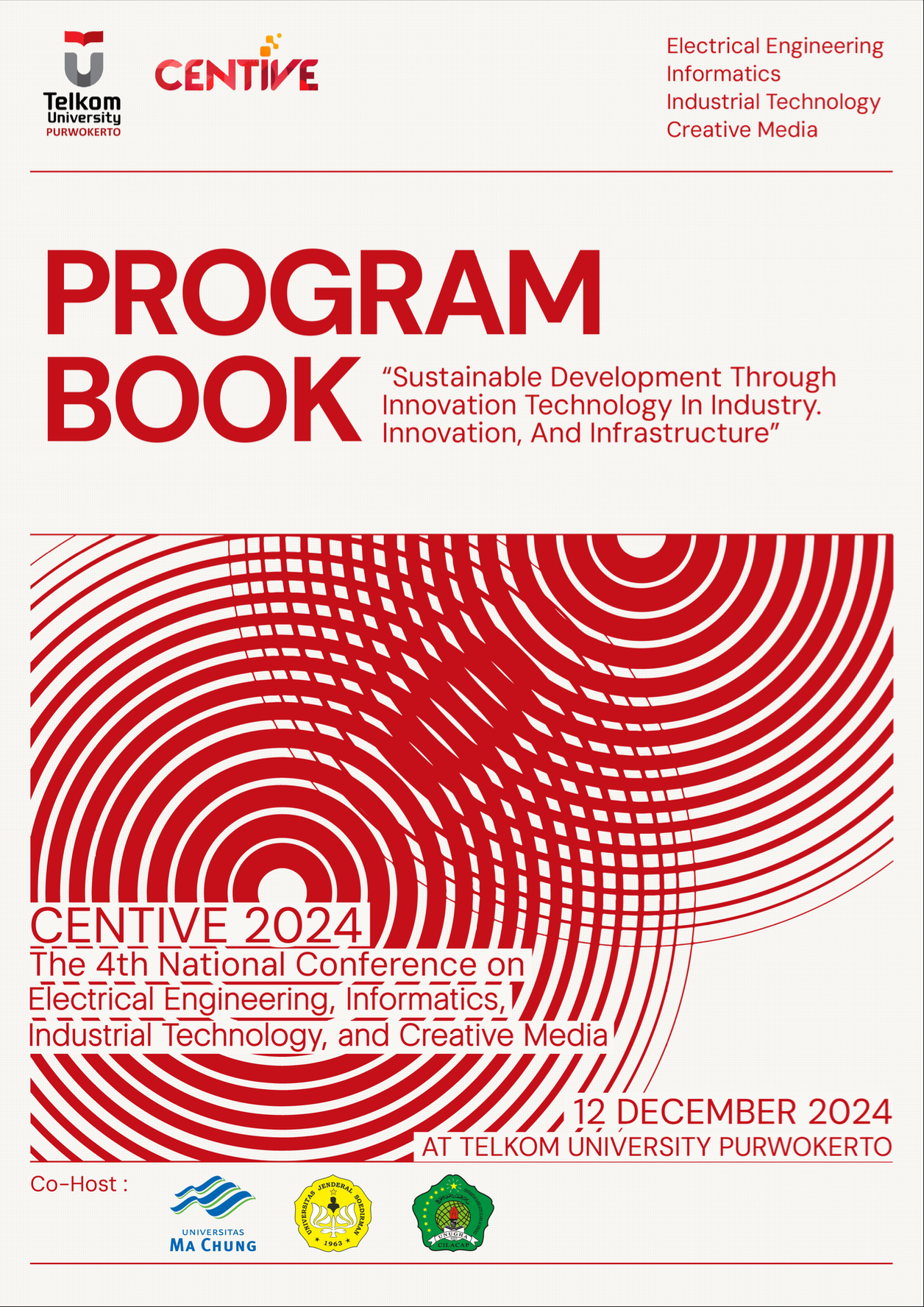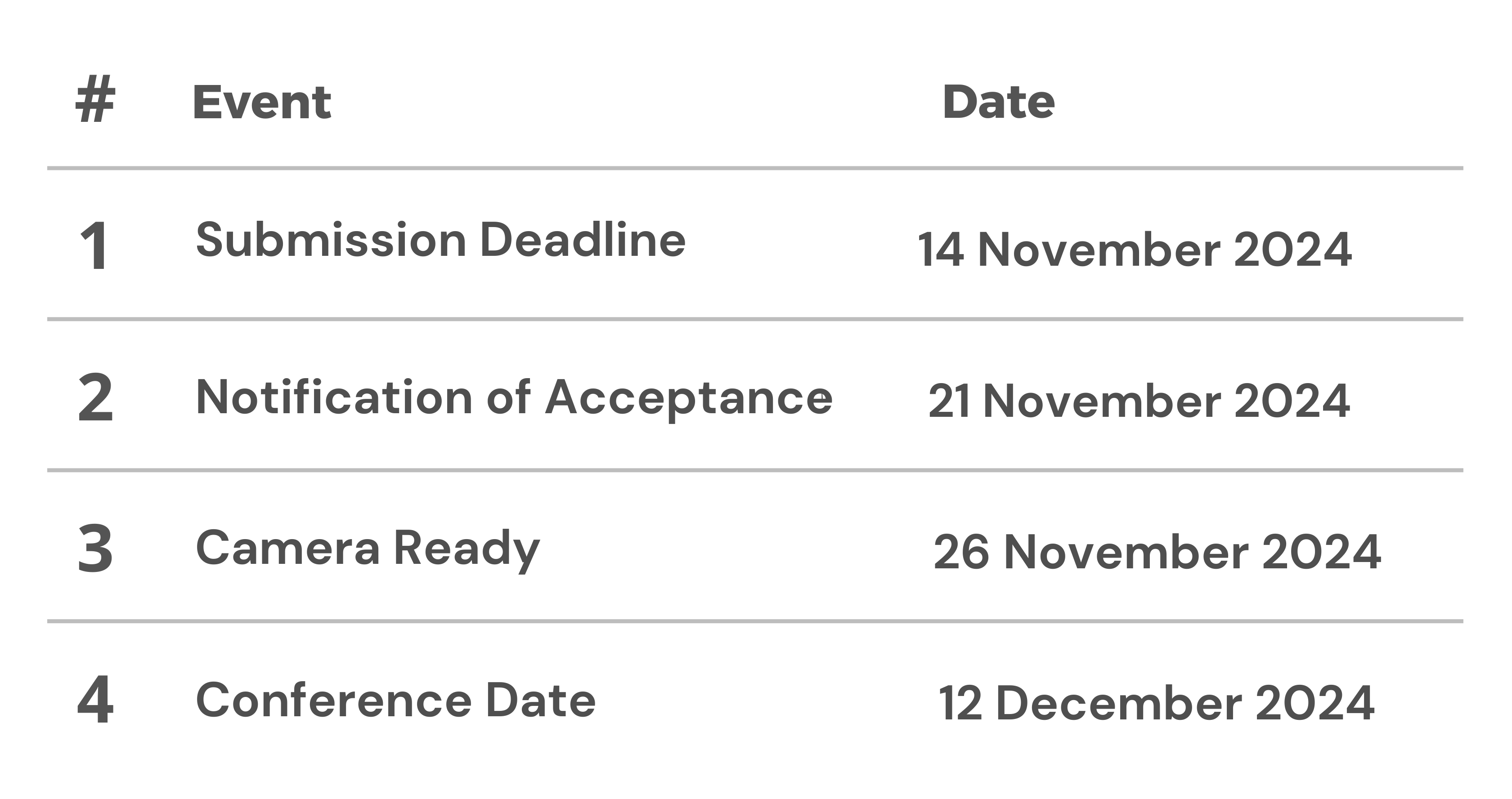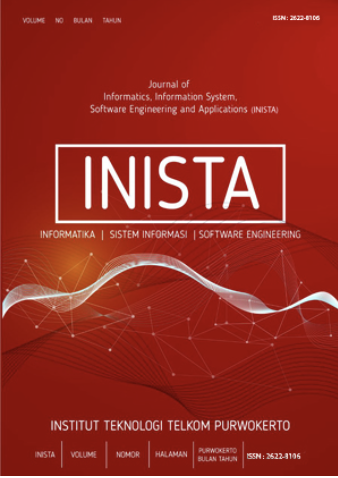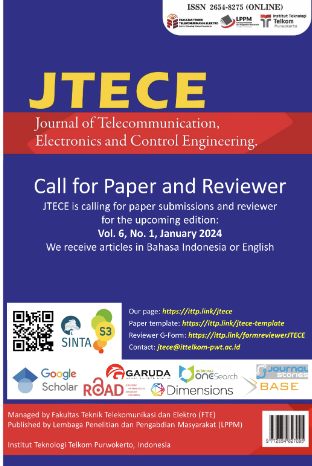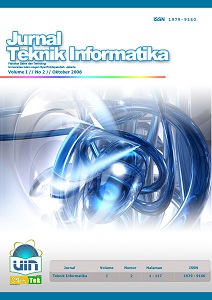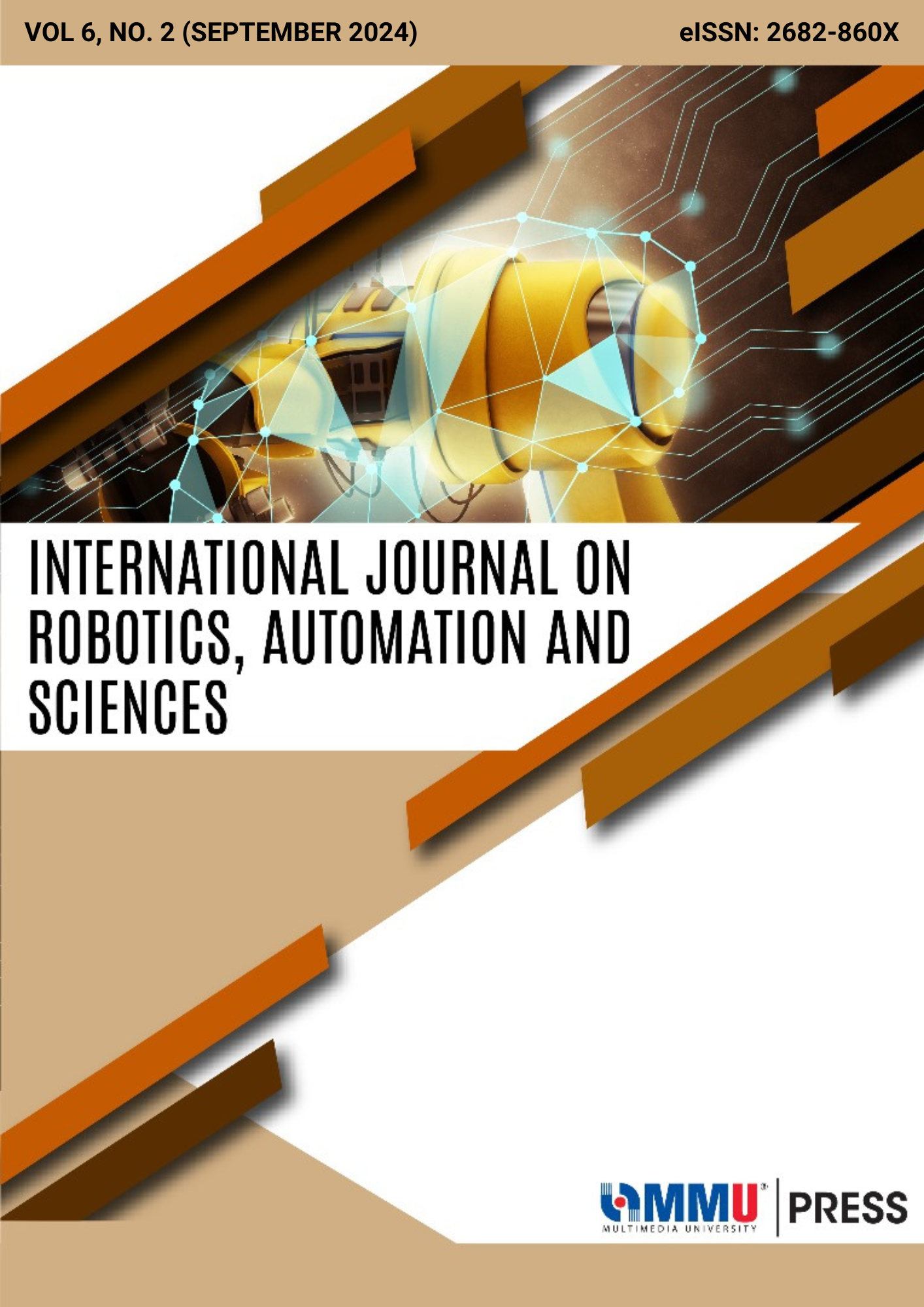Analisis Pengendalian Kualitas Produk Toko Chocolicious Indonesia Dengan Metode Six Sigma
Abstract
The aim of this research was to assess product quality control at Chocolicious bakery by employing the six sigma method. The data analysis method utilized in this study was Six Sigma, incorporating DMAIC (Define, Measure, Analyze, Improve, Control). Through the implementation of product quality enhancement via the Five stages of Six Sigma, it was identified during the defining phase that critical-to-quality (CTQ) aspects for the bread products included issues such as dough leaking contents, charring, and insufficient expansion. During the measurement stage, the attribute control chart (P map) results indicated that the number of product defects exceeded the control limits. The average sigma level between July 2022 and May 2023 was determined to be 3.17, with a probability of damage amounting to 471.74 per ten thousand productions. There are 3 types of damage that often occur in the bread production process, namely the dough filling comes out, charred and bread does not rise. The causes of the causative factors in the bread production process, namely methods, humans, machines, material and environment.
References
Moleong, L. J. 2015, Metodologi Penelitian Kualitatif, Remaja Rosdakarya, Bandung. Montgomery, C. 2014, Statistical Quality Control, Salemba Empat, Jakarta.
Pande, P.S., Neuman, R.P., & Cavanagh, R.R. 2015, The Six Sigma Way: Bagaimana GE, Motorola, dan Perusahaan Terkenal Lainnya Mengasah Kinerja Mereka, Andi, Yogyakarta.
Reksohadiprodjo, S., dan Gitosudarmo, I. 2015. Manajemen Produksi. Yogyakarta, BPFE Safrizal, S. 2016, Pengendalian Kualitas dengan Metode Six Sigma, Jurnal Manajemen
dan Keuangan, 5(2), 615-626.
Sugiyono, 2015, Metode Penelitian Kombinasi (Mix Methods), Alfabeta, Bandung.



